After WWII Germany was divided between East and West. The Federal Republic of Germany, commonly known as West Germany, disbanded its army after the war. Nazi war crimes were often associated with the military.
In 1955, it became evident the divided country was the frontline of the Cold War, as relations between the USSR and NATO oscillated continuously.
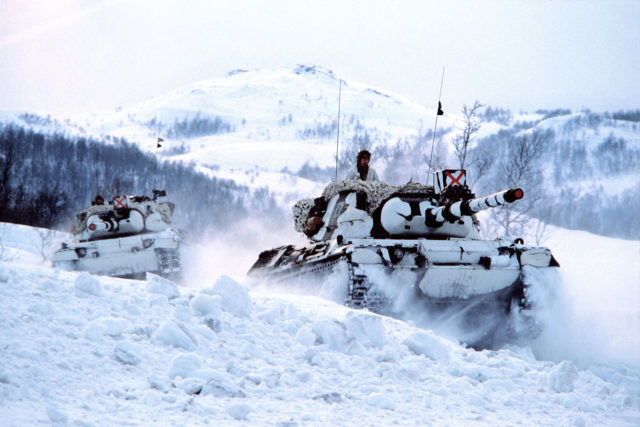
Therefore, a new military force was formed; the Bundeswehr. Tanks and other equipment were provided by the U.S. Army. However, the Germans found it necessary to construct a new main battle tank, one that would replace the commonly used American Patton tank. It was to be called Leopard 1.
In 1956 the German Army ordered designs from several different companies. As the production of the prototype coincided with French plans to create a new heavy tank, the two European countries teamed up, to regain each other’s trust after WWII.
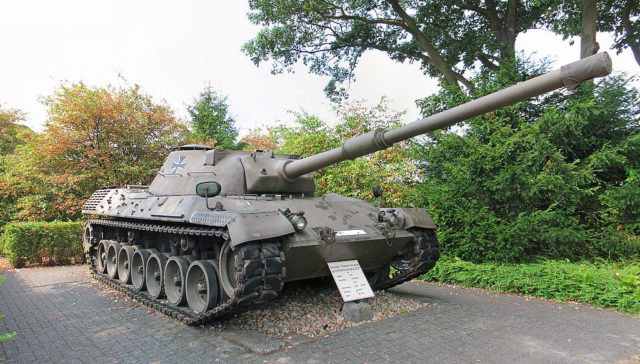
Italy also joined in, but the joint development was abandoned. The countries decided to construct their own independent models instead. The Germans continued to pursue their ideas. Then in 1963 Porsche, the company more famous for cars than tanks, was given the green light to proceed with its vision of the Leopard 1.
In 1965, the tank entered service and was exported to Allied countries, including Belgium, Australia, the Netherlands, Norway, Denmark, Canada, and Greece.
The Leopard 1 was armed with a German version of the revolutionary British Royal Ordnance L7 rifled gun, which fired 105 mm caliber rounds.
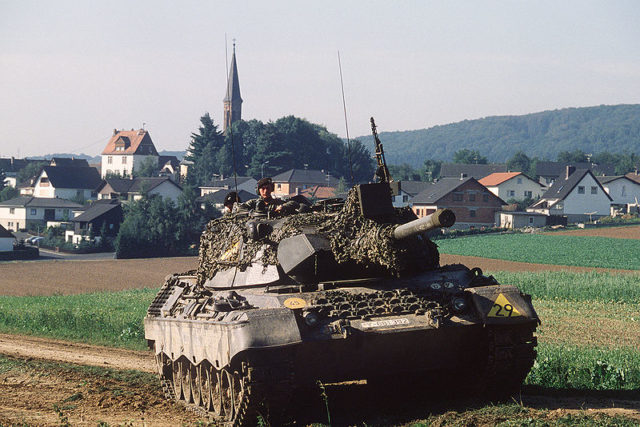
The development of RPGs with high explosive anti-tank warheads (HEAT) meant a tank stood very little chance against a direct hit. Leopard’s armor was therefore not seen as a priority, so it was designed to be 19–21.7mm and 10–70 mm thick. Relatively light armor gave it agility and speed; the tank was able to reach an incredible 65 km/h.
In the period between 1974 and 1987 six versions of the Leopard 1 tank (marked Leopard 1 A1 to A6) were produced to keep the tank up to date. This led to upgrades which influenced the tanks famous gun stabilization, digital radio communication, night/bad weather vision technology, and a fully computerized fire-control system.
The tank also received some improvements to the turret’s armor and several other exterior modifications.
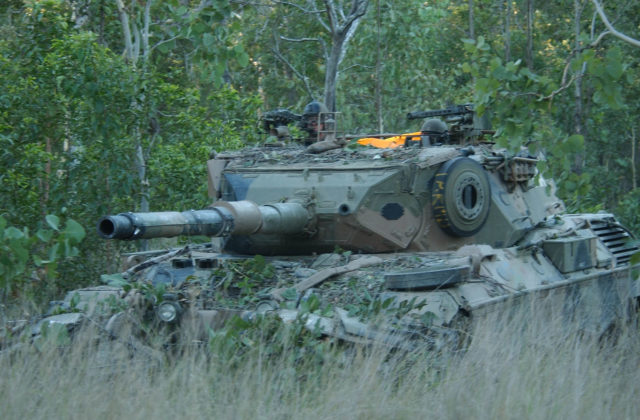
Its operational history includes service in the Bosnian War, the Turkey-Kurdish conflict, and the War in Afghanistan. The tank served in Danish, Turkish, and Canadian armies respectively. Apart from these conflicts, the tank has not seen much action.
Its reputation holds it as one of the most effective main battle tanks in the world. Although the Bundeswehr introduced a successor, Leopard 2, in 1979, Leopard 1 remains in use to this day in six countries around the globe.
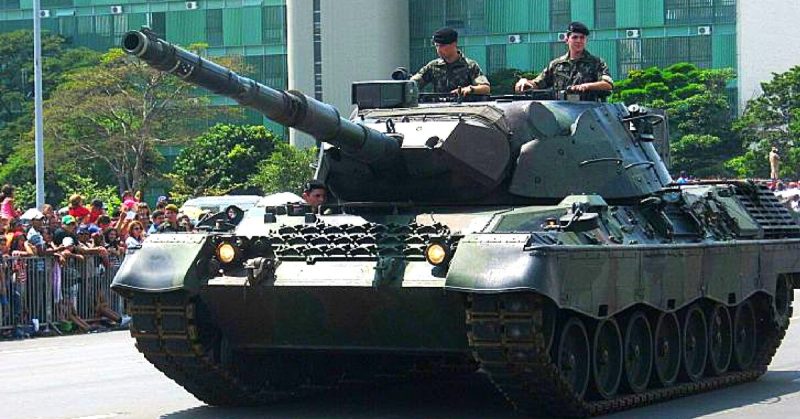 Photo Credit "
title="Brazilian Army Leopard 1A5 tank. The 1A5 can be considered the "standard" Leopard 1 today;
Photo Credit "
title="Brazilian Army Leopard 1A5 tank. The 1A5 can be considered the "standard" Leopard 1 today;